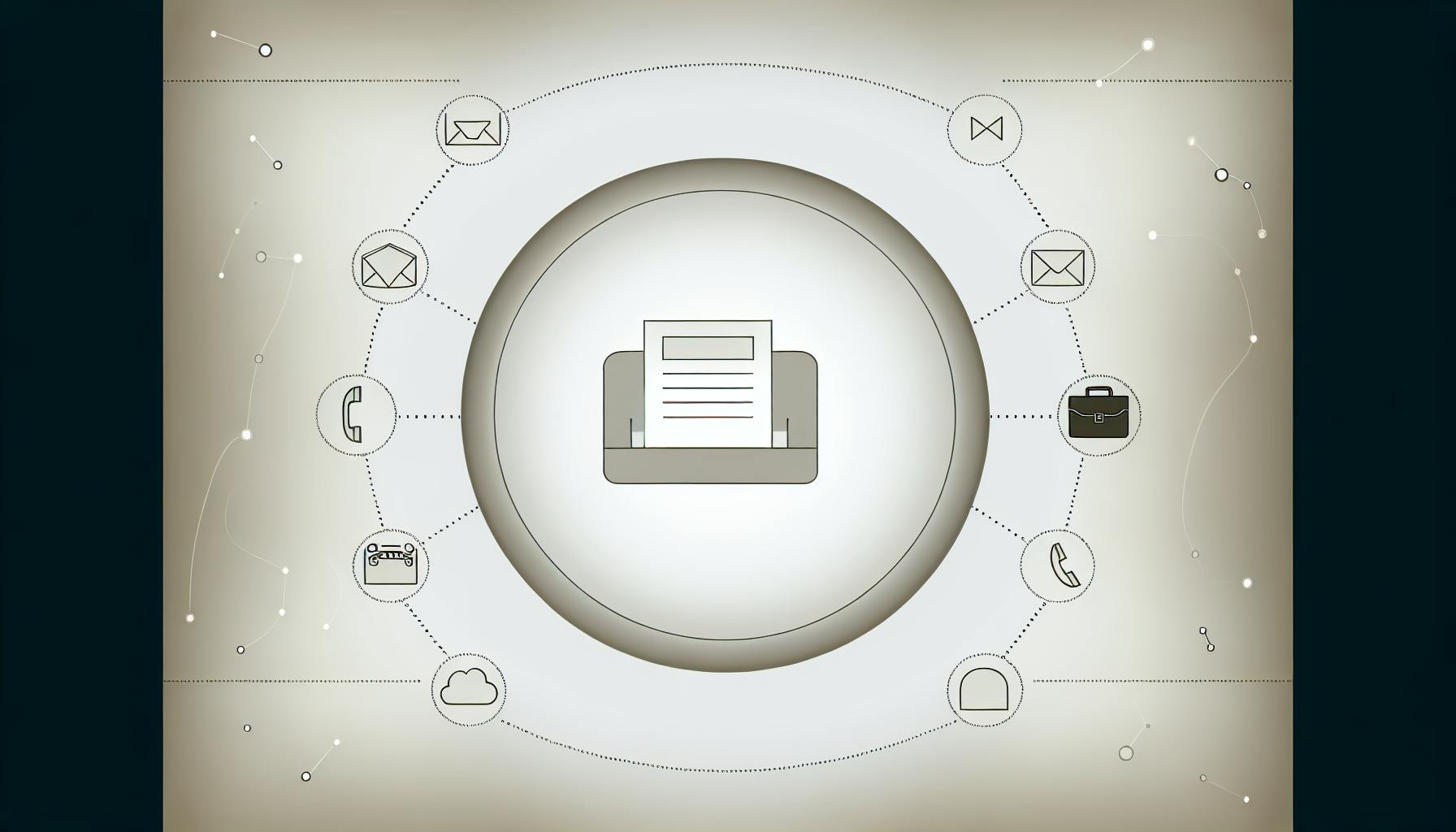Employee reward tools help small businesses recognize achievements, improve morale, and reduce HR workload. They simplify recognition through automation, offer affordable options, and provide insights into team engagement. Here's a quick summary of top tools to consider:
- Connecteam: Free for up to 10 users, mobile-friendly, custom rewards.
- Bravo: $39/month for 10 users, points-based rewards, detailed reports.
- BuddiesHR: Free for up to 30 users, peer recognition, team challenges.
- Applauz: Free for up to 20 users, global rewards marketplace, Slack integration.
- Nectar: Starts at $5 per user/month, strong peer recognition, no free plan.
Quick Comparison
| Tool | Free Plan | Starting Price | Key Features | Integration Options |
|---|---|---|---|---|
| Connecteam | Yes (10 users) | N/A | Custom rewards, mobile-friendly | None specified |
| Bravo | No | $39/month (10 users) | Points-based rewards, analytics | HR systems |
| BuddiesHR | Yes (30 users) | N/A | Peer recognition, team challenges | Custom integrations (paid) |
| Applauz | Yes (20 users) | $3.75/user/month | Global marketplace, pulse surveys | Slack, Microsoft Teams |
| Nectar | No | $5/user/month | Peer recognition, analytics | Slack |
Choosing the right tool depends on your team size, budget, and recognition needs. Look for simple setup, mobile access, and data tracking to make recognition effective and manageable.
Best (and Worst) Ways to Reward Employees
What to Look for in Employee Reward Tools
When choosing tools for employee recognition, it’s essential to prioritize affordability and ease of use. To help you make the right decision, here are some key features to keep in mind:
Budget-Friendly Pricing Plans
Opt for tools that fit your budget without sacrificing functionality. Many platforms offer free trials or demos - take advantage of these to ensure the tool meets your needs before committing.
Simple Setup and User-Friendly Interface
A tool with an intuitive design can save time and reduce the need for extensive training. Look for features like clear instructions, customizable templates that align with your company values, and role-based access controls to simplify management.
Scalability and System Integration
As your company grows, your reward tool should grow with it. Make sure it integrates seamlessly with platforms you already use, such as Slack, Microsoft Teams, or your HRIS. Automated recognition features can also help reduce the workload for HR teams, making the process more efficient.
Mobile Access and Customization
A mobile-friendly interface or dedicated app ensures employees can engage with the platform anytime, anywhere. Customization options are also important for tailoring the tool to reflect your company’s culture and values.
Data Tracking and Reporting
Analytics are crucial for evaluating how well your recognition program is performing. Look for tools that track metrics like participation rates and recognition frequency. Features like real-time dashboards and scheduled reports can provide valuable insights for leadership and help you monitor engagement trends. Always test these capabilities during a free trial to ensure they meet your expectations.
Best Employee Reward Tools for Small Businesses
Here’s a look at some top employee reward tools that combine affordability, ease of use, and effective recognition features. Each tool is designed with small businesses in mind, offering a mix of pricing options and features to suit different team sizes and budgets.
Connecteam
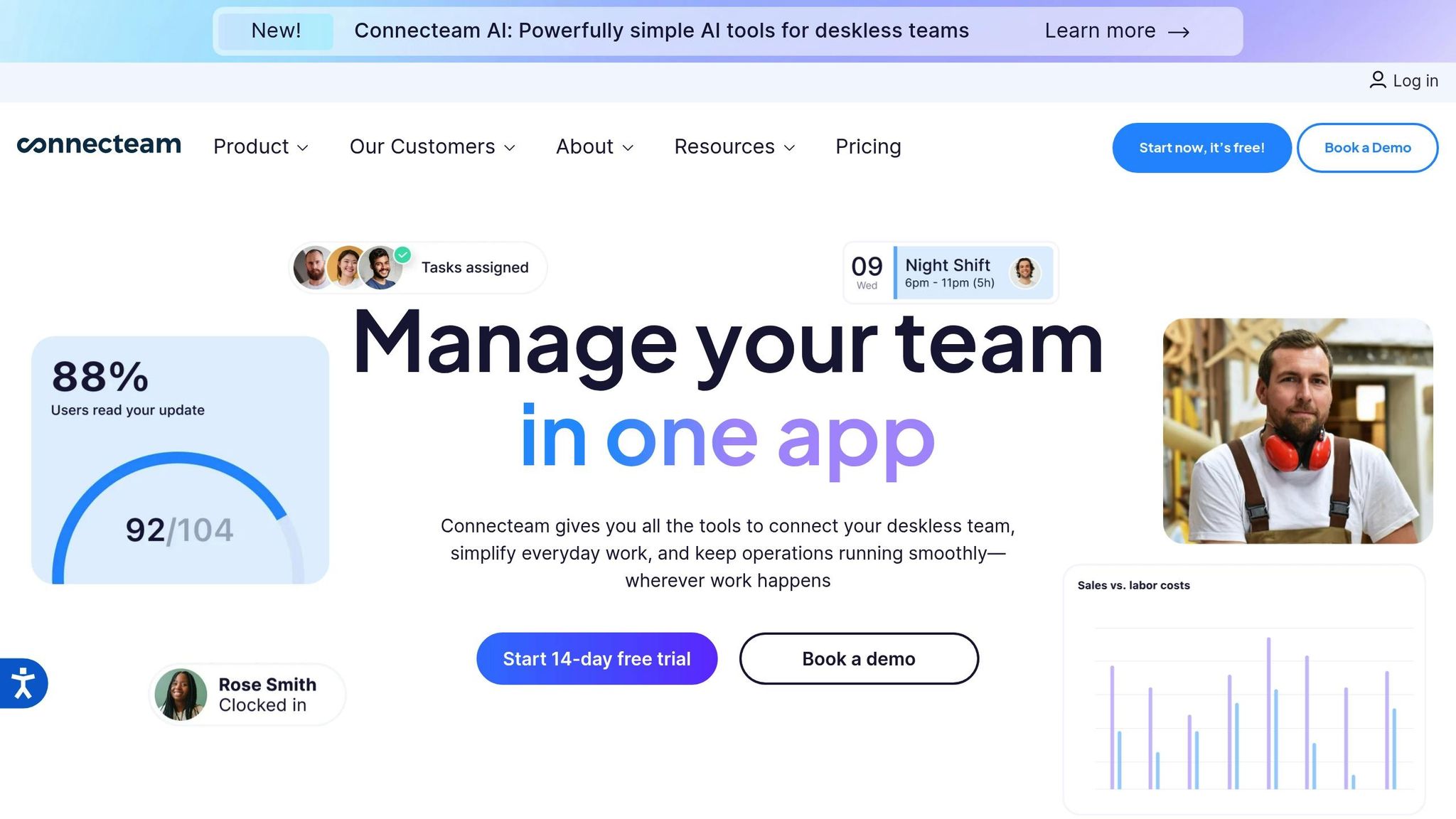
Connecteam is a versatile workforce management platform with a strong focus on employee recognition. Managers can create customized rewards, distribute gift cards, and track recognition history. Employees can also provide feedback directly through comments. The platform offers a free plan for up to 10 users, making it an appealing choice for very small teams. Its mobile-friendly interface ensures accessibility for on-the-go users.
Bravo
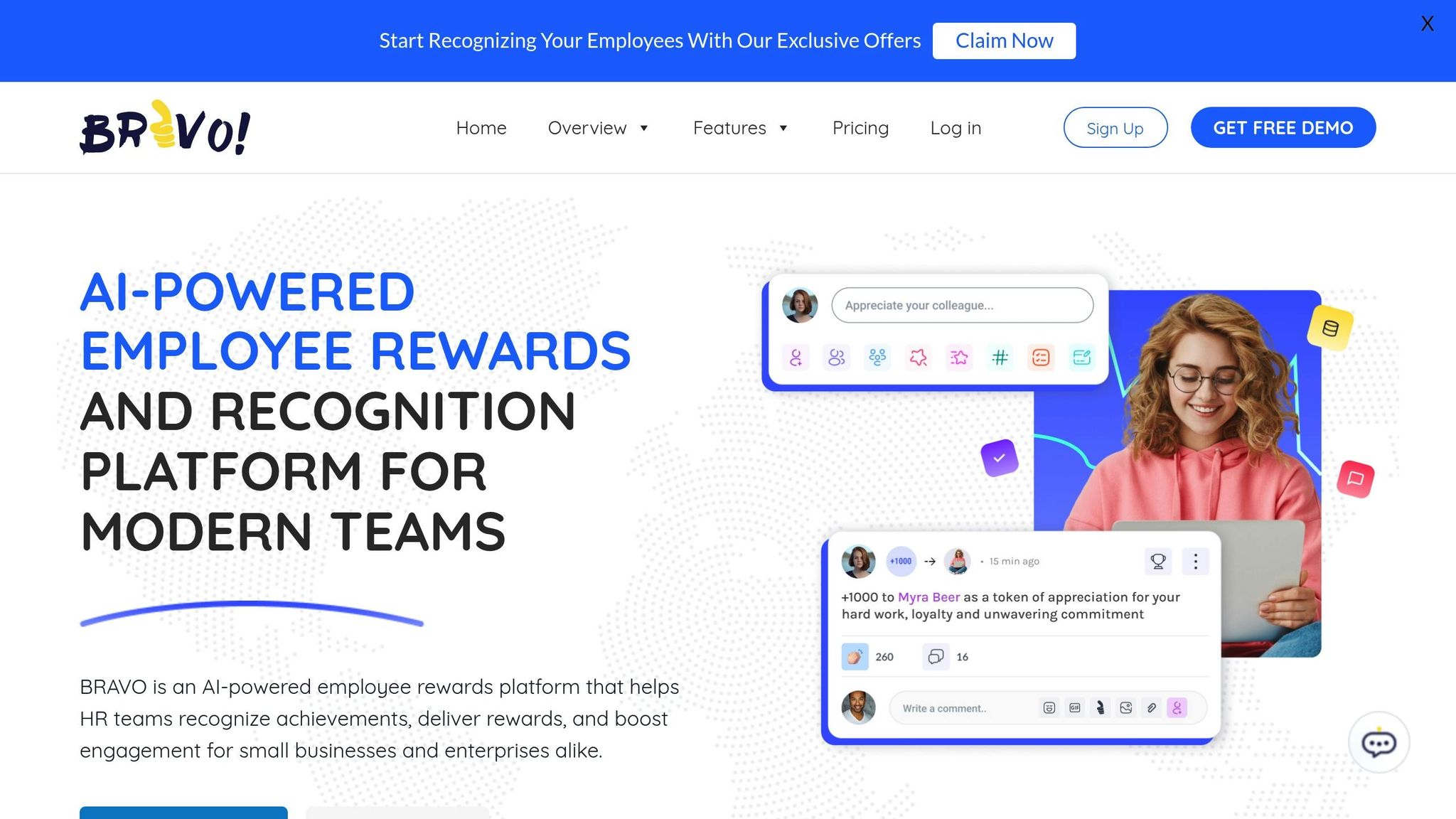
Bravo emphasizes real-time feedback with a points-based rewards system. Employees can redeem points for various prizes, while managers can track engagement and recognition through detailed reports. It also integrates seamlessly with existing HR systems. The starter plan costs $39 per month for up to 10 users, providing essential recognition features and basic analytics.
BuddiesHR
BuddiesHR encourages peer-to-peer recognition, allowing colleagues to nominate and celebrate each other’s achievements. It also includes team challenges and a flexible rewards system that adapts to different workplace cultures. The platform is free for up to 30 users, making it a cost-effective option for growing teams. Advanced reporting and custom integrations are available with paid upgrades.
Applauz
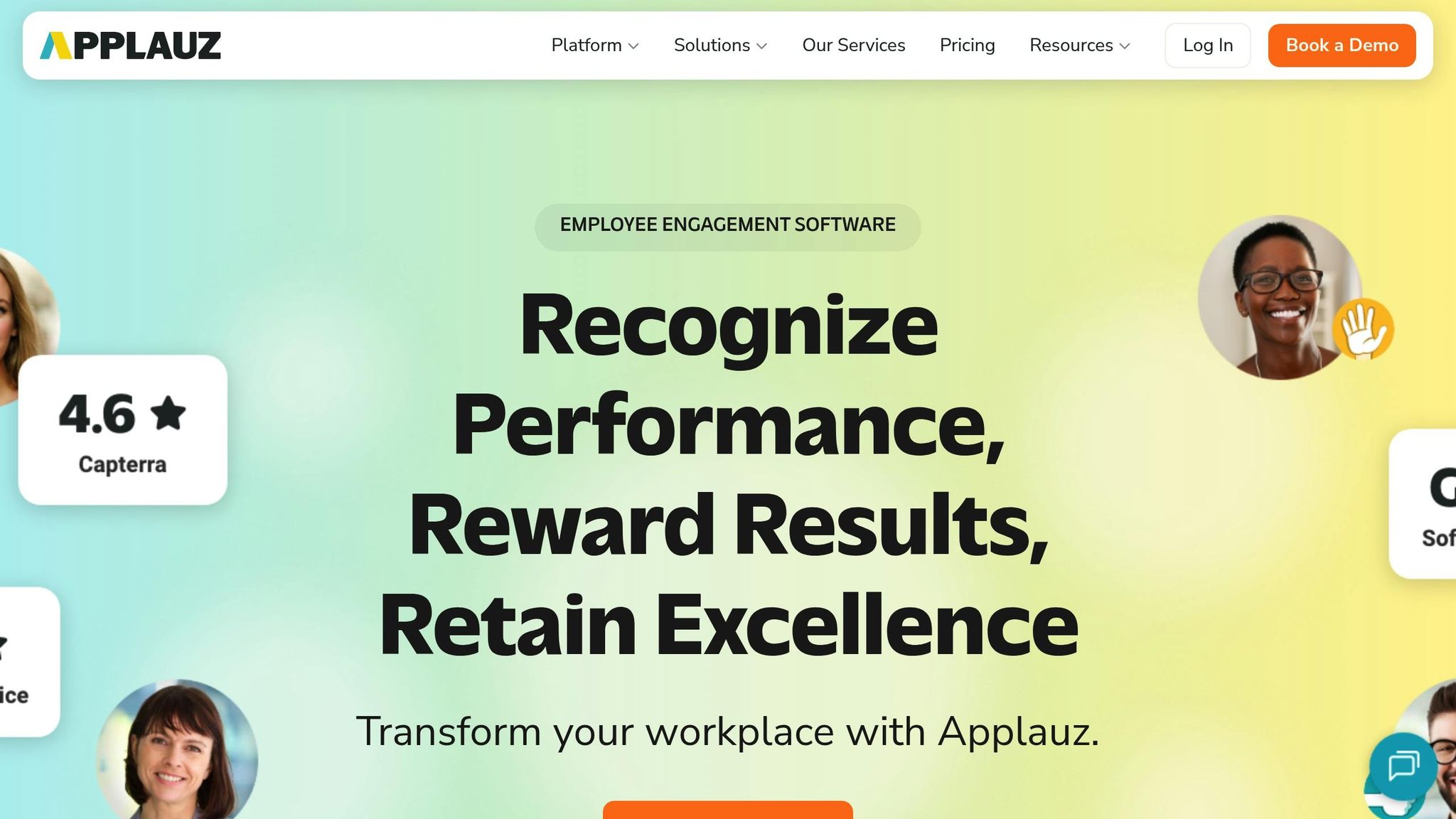
Applauz delivers enterprise-level features in a user-friendly package. It offers peer-to-peer recognition, a points-based rewards system with access to a global marketplace of over 30,000 items, custom digital badges, and automated pulse surveys with analytics. Applauz integrates with Slack and Microsoft Teams and is free for teams of up to 20 users. Paid plans start at $3.75 per user per month when billed annually.
Nectar
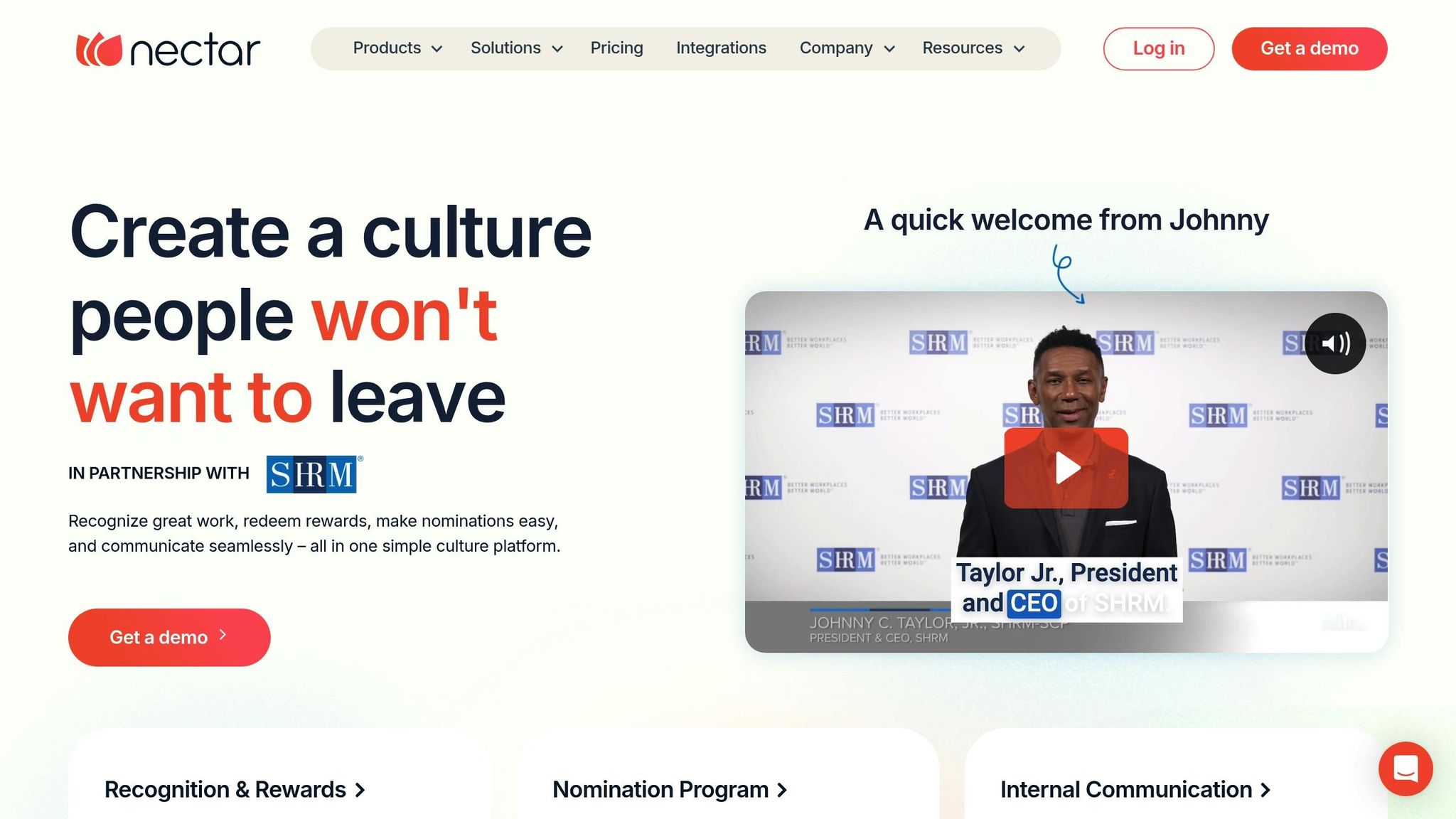
Nectar stands out for its strong peer recognition tools and seamless integration with Slack, making it easy for team members to acknowledge contributions. However, it no longer offers a free plan and requires a minimum annual agreement of $4,000. The Plus plan is priced at $5 per employee per month, while the Premium plan costs $6 per employee per month. The typical annual spending for teams averages around $6,446.
With a range of pricing and features, these tools offer small businesses the flexibility to choose options that align with their team size and budget. Whether you’re managing a small team or planning for growth, there’s a platform here to help streamline recognition and HR tasks.
sbb-itb-d1a6c90
How Employee Reward Tools Improve HR Operations
Building on the features already discussed, employee reward tools bring a new level of efficiency to HR operations by simplifying day-to-day tasks. These platforms not only automate time-consuming processes but also create better experiences for both managers and employees. The benefits go beyond just recognition - they reshape HR workflows and provide actionable insights that can guide smarter business decisions.
Less Manual Work for HR Teams
Traditional employee recognition often involves a lot of manual effort - think spreadsheets, paper forms, and tedious tracking systems. With automated platforms, HR teams can say goodbye to these outdated processes and focus on more strategic tasks. No more manually tracking recognition, calculating points, or juggling multiple databases.
Automation takes over the entire reward process, from assigning points to fulfilling prizes. Forget about buying physical gift cards or coordinating with vendors - these tools handle it all. This shift cuts down on administrative tasks, freeing up HR professionals to concentrate on initiatives that drive company growth.
Additionally, these platforms offer real-time spending tracking and automated budget controls, ensuring rewards are distributed fairly and within budget. Automated reports simplify expense tracking and compliance, removing the hassle of manual calculations. This efficiency also makes instant recognition - discussed below - easier than ever.
Instant Feedback and Recognition
Timely recognition is key to keeping employees motivated. Traditional programs often delay acknowledgment, which can weaken its impact. Employee reward tools fix this by allowing immediate recognition of great work.
Managers can celebrate achievements within minutes, reinforcing the connection between performance and acknowledgment. Employees receive instant notifications, creating a ripple effect of positivity and motivation.
These tools also encourage peer-to-peer recognition, enabling team members to acknowledge each other’s efforts without waiting for formal reviews or managerial approval. This fosters a culture where recognition becomes a natural, frequent part of daily interactions, rather than something reserved for annual ceremonies or performance reviews.
Immediate feedback also helps managers address issues early. Recognizing good work and providing constructive feedback in real time can prevent small problems from escalating, maintaining team morale and productivity.
Data-Driven Insights
Employee reward tools don’t just streamline recognition - they offer valuable insights that help small businesses make smarter HR decisions. These platforms track patterns in recognition, employee engagement, and reward preferences, providing data that would be nearly impossible to gather manually.
Recognition analytics can shine a light on which employees are frequently acknowledged and which might be overlooked. This ensures fair recognition and can identify high performers ready for more responsibilities. It can also pinpoint teams or departments that may need extra attention or support.
Engagement metrics reveal how employees respond to different types of recognition. For example, data might show that flexible work options are more appreciated than traditional rewards like gift cards. Armed with this information, businesses can fine-tune their recognition programs to align with employee preferences and maximize impact.
The reporting features also bolster performance management and strategic planning. HR teams can track trends in satisfaction, measure the success of recognition initiatives, and demonstrate the return on investment (ROI) of these efforts to company leadership. For small businesses, these insights are especially valuable. Instead of relying on guesswork, owners can use hard data to understand what drives their teams and make informed decisions that help them compete with larger companies.
How to Pick the Right Employee Reward Tool
Choosing the best employee reward tool starts with understanding your team’s needs and your budget. Think about where your team is now and where it’s headed - this will help you find a tool that fits both your current situation and future growth. Balancing cost and functionality is especially important for smaller businesses looking to simplify HR tasks.
Review Team Size and Budget Limits
Begin by taking a close look at your team size and budget. Many reward platforms base their pricing on the number of users, so it’s a good idea to know your current headcount and any expected growth. Don’t forget to account for all expenses, including subscription fees, setup or integration costs, and the actual rewards you’ll be giving out. If your team works remotely or across multiple locations, look for tools that make managing users easy and flexible.
Conclusion
Employee reward tools are game-changers for small businesses aiming to strengthen their teams and improve workplace culture. As we've highlighted, the right platform can make recognizing achievements easier, boost morale, and simplify HR tasks - all while respecting budget limitations.
Finding the right balance between cost, usability, and impact is key. The tools we've discussed each bring something different to the table, whether it's robust communication features, flexible reward options, or all-in-one solutions. The goal is to pick a platform that aligns with your current needs, fits your budget, and offers the potential to grow alongside your business.
Keep in mind, the priciest option isn’t always the best. Focus on what your team truly needs - whether that’s instant recognition, detailed reporting, or mobile-friendly access. Free trials can be a great way to test a tool’s fit before committing. A well-chosen platform can help you create an engaged, motivated workforce without stretching your resources too thin.
Investing in employee recognition isn’t just good for morale; it’s good for business. Small companies that embrace these tools often see immediate boosts in satisfaction and long-term savings. Remember, your employees are your greatest asset, and choosing the right tool is a meaningful way to show them how much they matter.
FAQs
What are the benefits of using employee reward tools for small businesses?
Employee reward tools bring a host of advantages to small businesses, directly influencing workplace culture and overall performance. By acknowledging and rewarding employees for their efforts, these tools help lift morale, enhance productivity, and lower turnover rates. They also contribute to creating a more uplifting and supportive work environment, which can lead to higher job satisfaction and less burnout.
On top of that, such systems play a key role in attracting and keeping top talent, increasing employee engagement, and encouraging loyalty. For small businesses, they provide a cost-effective way to cultivate a motivated, high-performing team while laying the groundwork for long-term success.
How can employee reward tools work with platforms like Slack or Microsoft Teams?
Employee reward tools are often designed to work seamlessly with platforms like Slack and Microsoft Teams, using built-in apps or plugins. These integrations let employees share recognition, celebrate accomplishments, and even redeem rewards - all within the communication tools they already rely on daily.
By embedding recognition features directly into these platforms, these tools make it simple to build a culture of appreciation without interrupting the flow of work. Popular features include peer-to-peer shoutouts, milestone celebrations, and instant rewards, all tailored to keep the experience smooth and meaningful.
What should small businesses look for in an employee reward tool to ensure it fits their needs now and in the future?
When selecting an employee reward tool, small businesses should prioritize simplicity, cost-effectiveness, and integration with their current systems. Choose tools that allow for customization and can automate tasks like celebrating employee milestones or acknowledging achievements.
Equally important is finding a tool that reflects your company’s values and offers thoughtful ways to reward employees - think personalized recognition or well-defined award criteria. Taking the time to gather input from your team about their preferred reward methods can go a long way in promoting engagement and long-term satisfaction.


